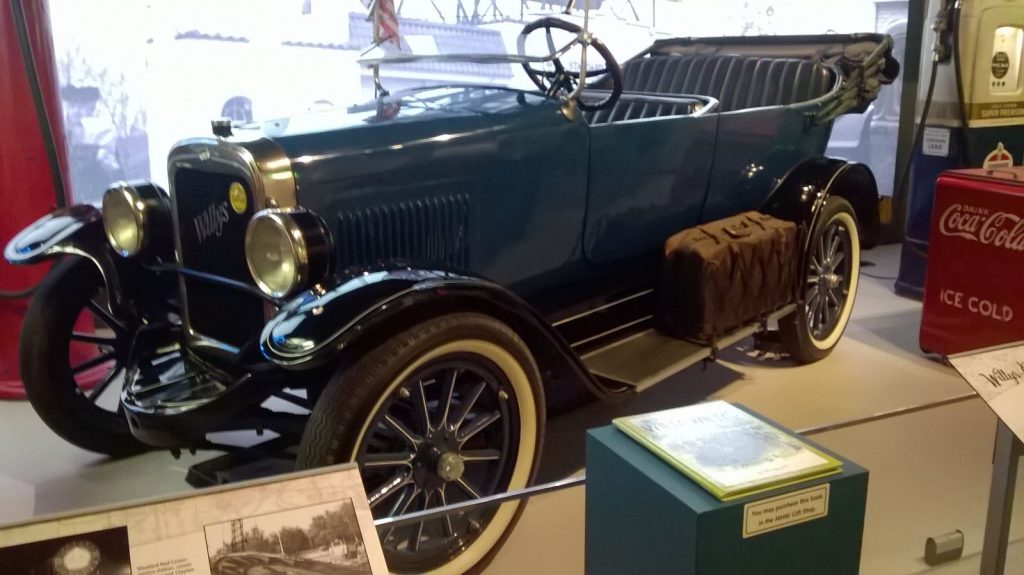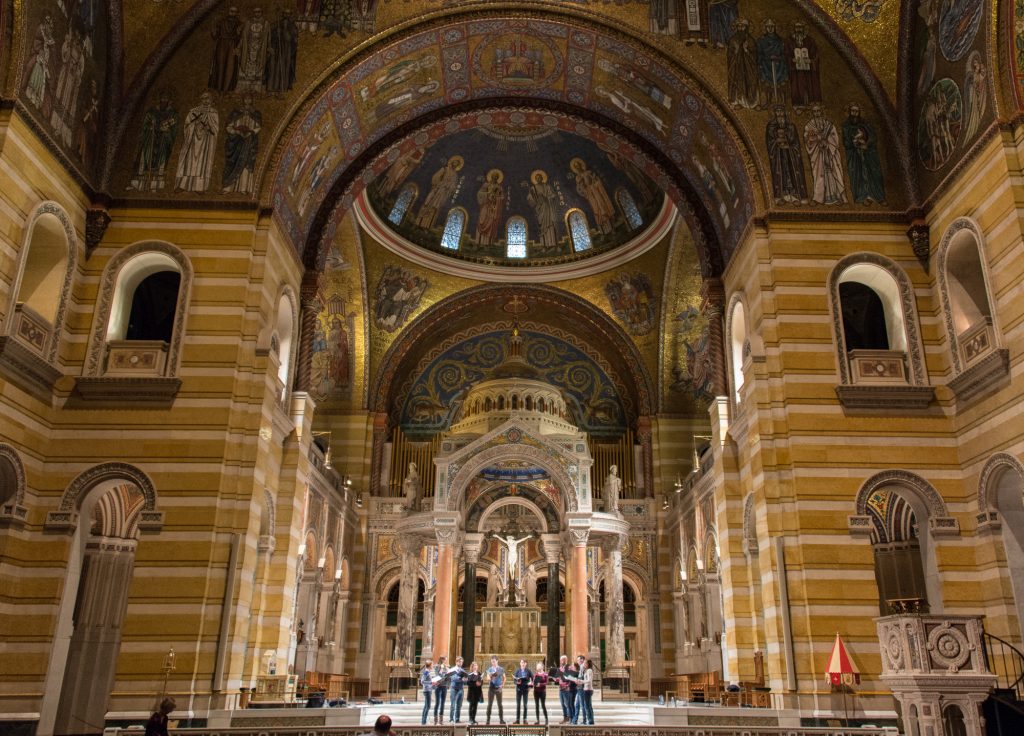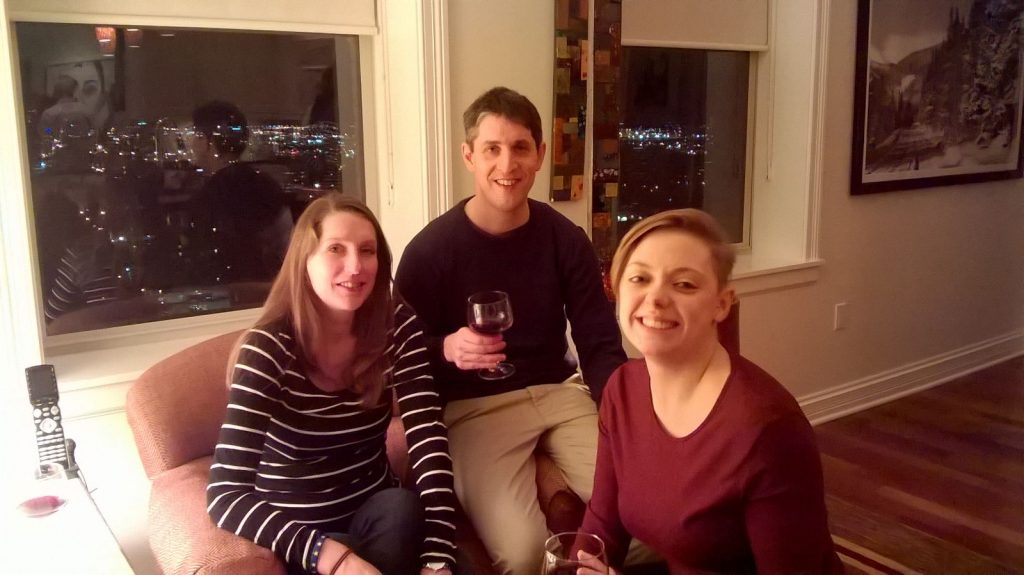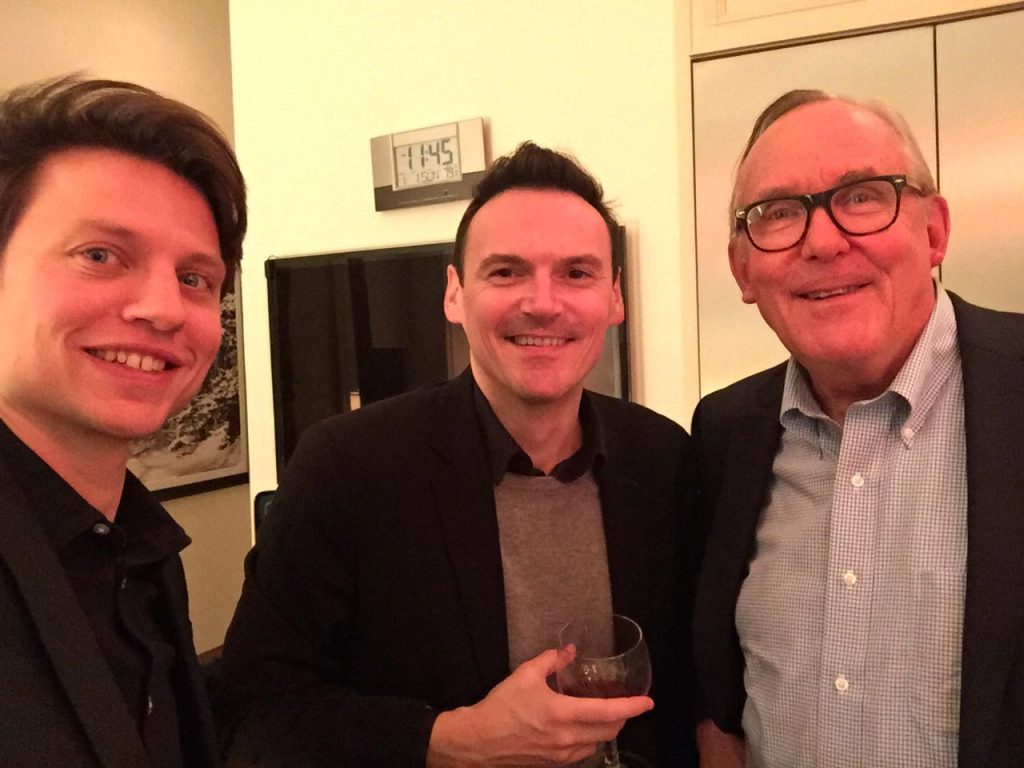1 December, 2016
Acoustic alchemy
We’ve just arrived in Kansas City after two great days in St Louis. Here are Andrew’s musings on the tour so far.
“Despite the rigours of a long day of transatlantic travel, our body clocks always remain stubbornly unbiddable, and it’s a fair bet that the chief topic of conversation at breakfast on the first morning in the US will be quite how early everyone has woken up; my own 4.20am start was about par for the course!
“An impressive number of us began the day with a chilly dawn run in St Louis’ pretty Forest Park, which went some way towards mitigating the effects of our iced cinnamon breakfast buns. Then, after a morning spent at the excellent Missouri History Museum, we headed across to the St Louis Cathedral Basilica to rehearse for our first concert.

Missouri History Museum
“This was our third visit to St Louis, and so we knew what to expect: this astonishing building, encrusted from floor to soaring dome with Byzantine-style mosaics, boasts one of the most cavernous acoustics we’ve ever encountered. It’s always nice for jetlagged voices to be able to relax into a generous, resonant space: the reverberation and warmth it offers disguises signs of tiredness or strain which might be more obvious in a more intimate setting. But it got me thinking about the never-ending variety of venues that we sing in, from dry, carpeted galleries to immense, echoing cathedrals.
“As any musician who regularly works in sacred spaces will tell you, one of the biggest challenges we face is the extraordinary variety of acoustics that we encounter. Orchestral musicians, by and large, work in acoustically-engineered spaces, designed for music-making and offering optimal resonance and bloom. Churches, on the other hand, were usually planned with different priorities in mind, and the amount of resonance on offer can vary from almost nothing, to six or seven seconds of echo, as in St Louis.
“The upshot of this is that we might have to sing the same programme in very different ways in different buildings. The acoustic can affect every aspect of our performances: the tempos we choose (often a resonant space will require a slower tempo than a lively, immediate one), the kinds of articulation we use (how well-defined each note needs to be), how zealously (or not) we connect each note to the next, how hard we have to work at our diction, the relative balance of high and low pitches (often a building will ‘favour’ the highest or the lowest sounds), and so on.

“A major part of our on-the-day rehearsal is the process of acclimatizing to our venue; we take turns ‘going out’ to listen and feed back to each other. Often we will try standing in different positions: on the steps, on the floor – even quite subtle movements can make a difference, as sound can get trapped behind ceiling arches or disappear into transepts. After a while, and plenty of experimentation in rehearsal, we will start to understand how best to ‘play’ the acoustic.
“But there is always another unknown: to what extent the acoustic will change when you add a few hundred bodies wrapped in fur coats! Concert halls usually have fabric-covered seats, designed so that the sound absorption when empty is roughly the same as when full. In churches, however, the effect can be immense. Experience helps us to predict when a building is particularly likely to transform in this way – those with low ceilings are especially susceptible – and a little local knowledge can go a very long way. But there have been occasions in the past, most memorably on a live-broadcast concert on Radio France, where we have prepared our performance to work in a space with plenty of echo, only to find that all the resonance has entirely disappeared with the addition of an audience. I still remember the barely-hidden looks of consternation from my colleagues which greeted the tenors’ first note that night! (At least, I think it was about the acoustic…)
“No such problem afflicted us at yesterday’s concert; the Cathedral Basilica enfolded our Wondrous Mystery programme in warm, resonant sound, and the audience in St Louis was just as warm in their response. After the concert, we were treated to a reception at the home of the concert’s sponsor – typical of the generous welcome that we’ve always enjoyed in this city. And then it was off to bed, hoping not to wake quite as early tomorrow.”

